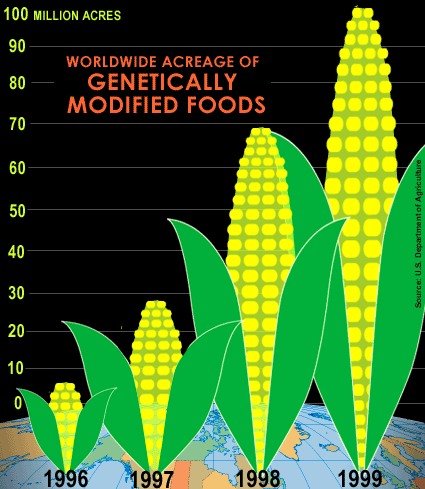
Genetically Modified Crops For World Hunger
Over many centuries of human civilization, agriculture has remained one of the indispensable and tenacious mean of sustaining the human population on earth. Agriculture is determined by land, water, climate, operations management, and research. Today, we are faced with various disadvantages compared to how our ancestors cultivated the land. Overpopulation and climatic changes such excessive heat and rain and water levels rising are affecting farmers worldwide. These circumstances are leaving the earth’s population famished; primarily in the developing and underdeveloped nations. Prospectively, through numerous researches and countless test trials, we have been able to develop various agricultural methods to overcome these challenges. One of these methods is genetically modifying crops. Bellow, you will find a few statistics regarding world hunger and starvation.
-
Per The Hunger Project, approximately 798 million people (one in nine people worldwide) live in famine-consumed areas of the world
-
Every day, nearly 25000 people die from hunger-related causes
-
70 percent of the world’s hungriest people live in the Global South region where they depend on agriculture and related operations for their livelihood.
-
Almost 1 in every 15 children in developing countries dies before the age of 5, most of them from hunger-related causes.
In this podcast, I explore one example of a genetically modified crop which can help end starvation and defeat world hunger leaving it a history. This crop is the C4 rice. The C4 rice grow at a higher rate and high yield compared to its counterpart, the C3 rice.


